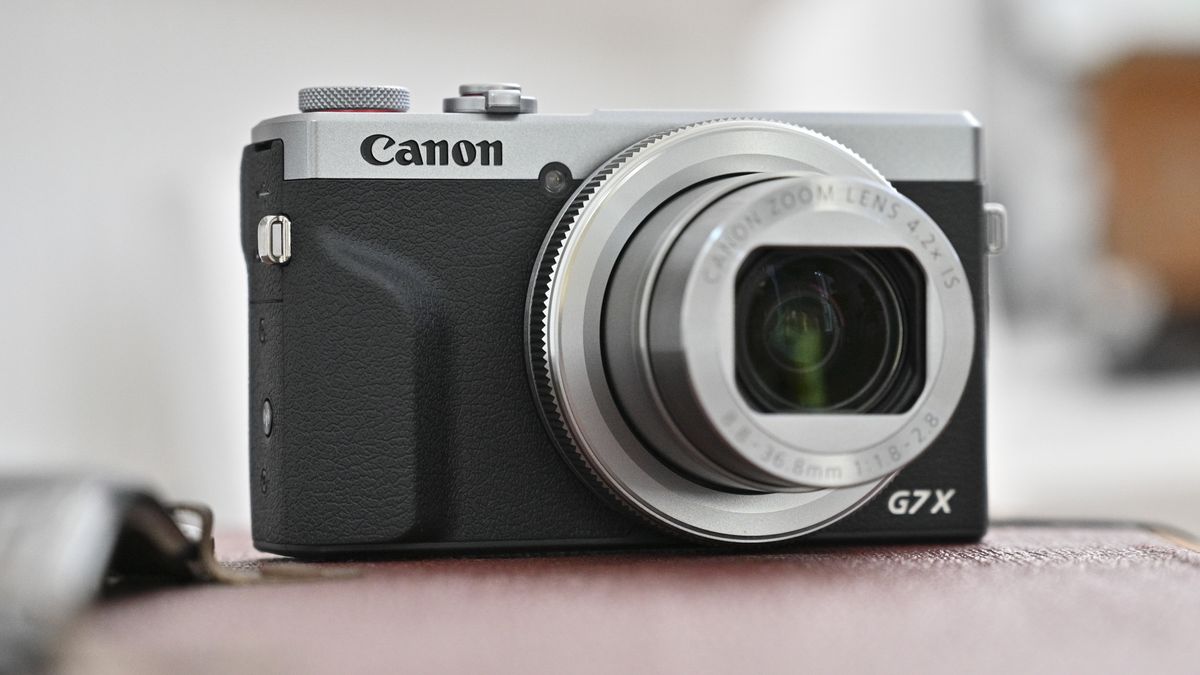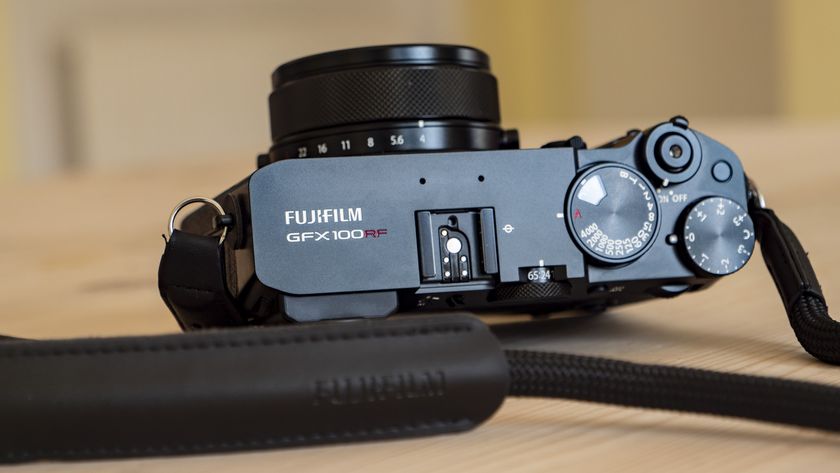Canon’s rumored PowerShot V1 point-and-shoot could hit the sensor sweet spot – and be first of two new PowerShots for 2025
MFT could be the perfect balance of size and image quality

- Rumors suggest that a Canon PowerShot V1 is en route, with a 24MP sensor that's "close to Micro Four Thirds" in size
- It could be joined later this year by a PowerShot SX70 HS bridge camera successor
- Those two additions would make for a hugely varied PowerShot V-series lineup
There's a lot of hype right now about the rumored Canon PowerShot V1. The new point-and-shoot camera is supposedly set to land as early as March, and would signal a renewed commitment from Canon to making compact cameras – which could be a smart move, given that compacts are enjoying something of a comeback.
We don't have too much product info to go off right now, but the suggested sensor size is only going to get compact camera fans more excited. According to Canon Rumors, the PowerShot V1 will feature a 24MP sensor that's "close to Micro Four Thirds" in size, together with a 3x optical zoom lens.
For perspective, that sensor size is a fair bit larger than the 1-inch type used in existing point-and-shoots like the viral PowerShot G7X Mark III, and other models like the PowerShot G5X Mark II. However, it's not the largest sensor Canon has gone with for its compact cameras – that award goes to the APS-C sensor used in the PowerShot G1 X Mark III.
So which sensor size is the sweet spot? I reckon that Canon is onto a winner if it is indeed taking the middle option of Micro Four Thirds for its upcoming point-and-shoot – here's why.

Not too big, not too small
Sensor size has a big impact on both image quality and design, especially with point-and-shoot compacts that feature a built-in lens. The larger the sensor size, the more pleasing image quality is overall, but there are also design drawbacks.
The PowerShot G7X Mark III has a 20MP 1-inch sensor with a 4x optical zoom 24-100mm f/1.8-2.8 lens. That sensor size measures 13.1 x 8.8mm and only select smartphones can match it for size, such as the Xiaomi 14 Ultra – Canon's camera has the image quality edge, but not by a long way.
Canon's PowerShot G1 X Mark III has a bigger-still APS-C sensor that measures around 22.3 x 14.9mm, but it's a bigger camera, and its 3x optical zoom 24-72mm lens has a much more limited f/2.8-5.6 maximum aperture and inferior close focusing skills, making it less handy in low light or for macro photography. I remember testing the G1 X Mark III and wishing that I could open up the lens more.
Get daily insight, inspiration and deals in your inbox
Sign up for breaking news, reviews, opinion, top tech deals, and more.
Then there's the rumored PowerShot V1's Micro Four Thirds sensor, which would measure around 18 x 13.5mm. I reckon this is the sweet spot for image quality, camera size and lens design. I expect the suggested 3x optical zoom lens to measure up to the one found in the Leica D-Lux 8, a point-and-shoot camera that also has a Micro Four Thirds sensor, and which has a 24-75mm f/1.7-2.8 lens.
That camera was a minor update of the D-Lux 7, and its tech is essentially based on the dated Panasonic Lumix LX100 II. The D-Lux 8 is one of a few high-quality compacts that you can buy today, but it costs around $1,595 / £1,450 / AU$2,790. Canon's PowerShot V1 is rumored to cost somewhere between $600-800. Even at that upper price end, there would no other compact camera to match the V1, assuming the rumored specs are true, in which case it's set to be an absolute treat.
And it could be joined by another new PowerShot later in 2025 – a modern-day successor to the aging PowerShot SX70 HS bridge camera. Canon Rumors is pouring cold water on the chances of another 65x optical zoom model, and suggests that the zoom range will be much less. Still, if the next PowerShot turns out to be in the mold of Panasonic's 'travel zooms', such as the Lumix ZS99 / TZ99, that would be no bad thing – and Canon would have an enviable compact camera lineup once more.
You might also like

Tim is the Cameras editor at TechRadar. He has enjoyed more than 15 years in the photo video industry with most of those in the world of tech journalism. During his time as Deputy Technical Editor with Amateur Photographer, as a freelancer and consequently editor at Tech Radar, Tim has developed a deeply technical knowledge and practical experience with cameras, educating others through news, reviews and features. He’s also worked in video production for Studio 44 with clients including Canon, and volunteers his spare time to consult a non-profit, diverse stories team based in Nairobi. Tim is curious, a keen creative, avid footballer and runner, and moderate flat white drinker who has lived in Kenya and believes we have much to enjoy and learn from each other.
You must confirm your public display name before commenting
Please logout and then login again, you will then be prompted to enter your display name.











